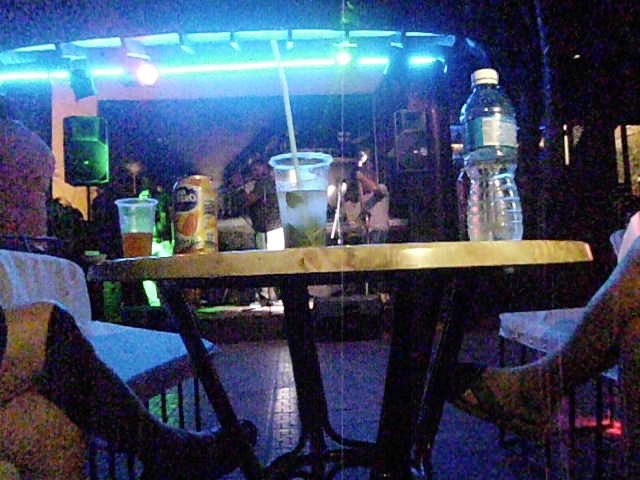Cuba is an island. A very big island, sure, but it’s completely surrounded by the Gulf of Mexico, on the northwest, the Caribbean, on the south, and the Atlantic, to the northeast. That means literally thousands of miles of beaches, all of them basking in tropical sunshine, flanked by palm trees. It should be a tourist’s paradise, right? Especially with 320,000,000 of the richest people on the planet just a short plane hop away.
Since the Communist revolution, though, the major source of tourism was, first, the Soviet Union, and now, Canadians. Both are famed for their frozen tundra and prolonged winters. So they flocked to the sunshine. In the 70s, the Soviets built a whole chain of massive hotels, in the major towns and along the nearby beaches. Unlike American tourist resorts, these are fortress-like, housing the sun-seekers in concrete blocks with cafeteria eateries and shoddy workmanship. Every bathroom, it seemed, was set at a slight tilt to the main floor, resulting in doors which never closed properly. Many toilets lacked seats (though they do flush). But given the proclivities of both the Cuban and Russian peoples, bars are plentiful – 2 or 3 in every lobby.
We left Las Tunas early, expecting a long bus ride across the Llanara de Camaguey – the vast central plain of the island. Mid-morning, we stopped in the town of Camaguey for an obligatory cultural tour, consisting primarily of a Mr. Toad’s wild ride in a careening collection of bici-taxis.
Eventually, we came to Sancti Spiritus, did a quick load out, and headed toward Trinidad, and its adjacent beach resort, Playa Ancon. It was on this leg that I first began to appreciate the wonder that is Cuban cycling, at least on our trip. Because of the trades, the wind was usually at our back. And because we spent a lot of time heading for the beach each night, we ended up going downhill a lot.
Once at the beach, Cheryl and I realised we’d made a grave strategic error in planning the trip. We’d thought it was all about bicycling and getting to know Cuba. But we’d forgotten that part about it being an island. So while we had swim suits, of sorts, we’d neglected to bring swim goggles. Paddling around the salty waters was a little bit tougher without eye protection. But beach life beckoned, and we gave it a go. True to form, the water felt just like Hawaii. While returning from the beach, we chatted up another English-speaker. She was from Toronto, and raved about the package deals available. For under $600 Canadian (about $500 US), she’d gotten airfare, and a week’s stay at the Hotel Ancon. Given the deserted roads for cycling, the warm weather for running, and the endless ocean for swimming, it sounded like an ideal locale for someone to train in their final weeks before the Hawaii Ironman, all for the price of two nights’ in a condo on the Big Island.
That night, we had another obligatory cultural experience. Juan drove us all back into Trinidad, 15 kilometers inland, where we searched for the mythic Casa de Musica, which apparently exists in every Cuban town. All the seats were filled, so we headed a few doors down, to another Casa de Musica. About $5 to get in and less than that for a drink. A local band exuberantly filled the outdoor space with trumpet, bass, organ and drums. A few of the younger tourists (or were they locals?) got up to dance, and we felt a little closer to life in the Socialist Paradise.

